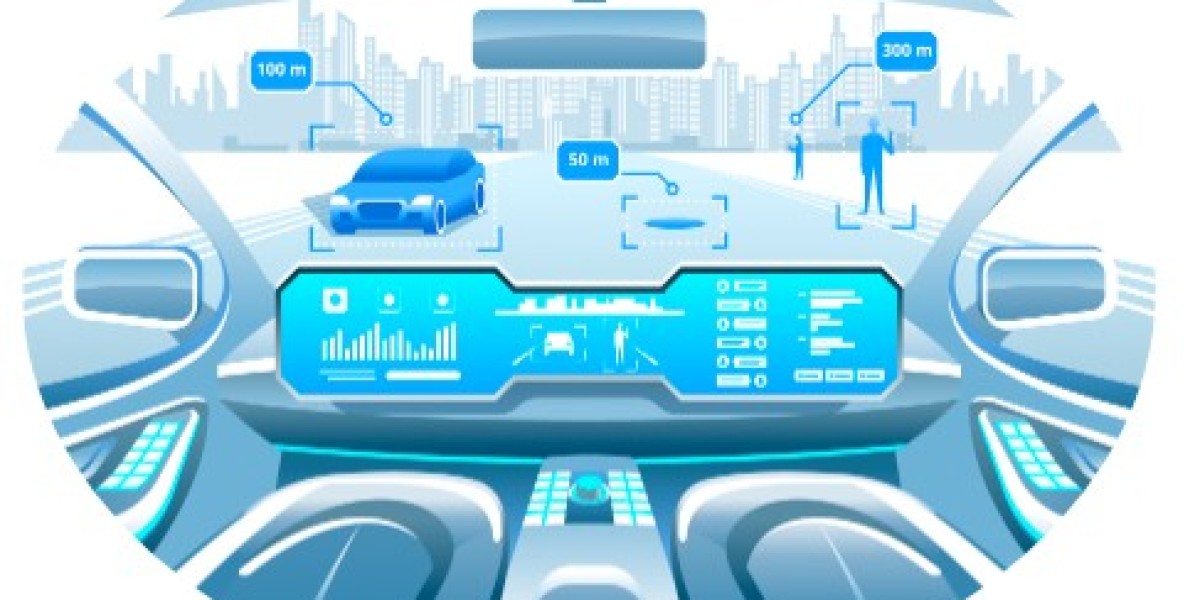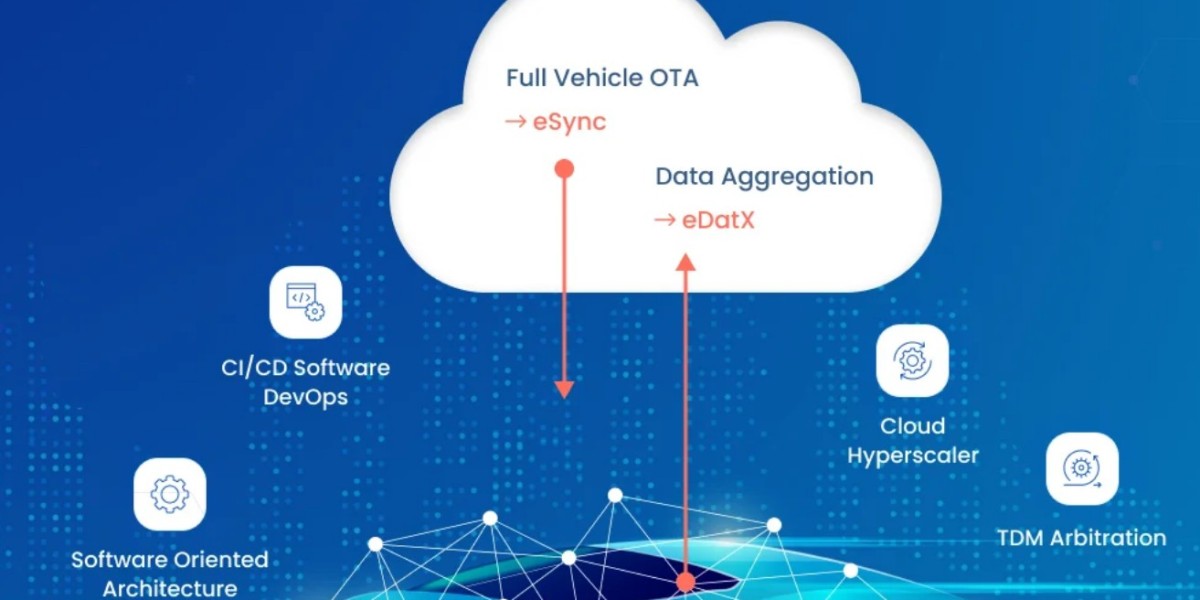In-vehicle networks are communication networks within vehicles that allow electronic components and systems to exchange data and commands. These networks enable various onboard systems, including engine control units (ECUs), sensors, actuators, infotainment systems, and safety systems, to communicate and coordinate their functions in real-time.
Types of In-Vehicle Networks
There are several types of in-vehicle networks, each with its own characteristics and applications:
Controller Area Network (CAN): CAN is one of the most widely used in-vehicle networks, known for its robustness, reliability, and high-speed communication capabilities. It facilitates real-time data exchange between ECUs for functions such as engine management, transmission control, and body electronics.
Local Interconnect Network (LIN): LIN is a lower-speed, lower-cost network used for connecting sensors and actuators to ECUs in applications that do not require high-speed communication. It is commonly used for functions such as door locks, window controls, and interior lighting.
FlexRay: FlexRay is a high-speed, deterministic network used for demanding real-time applications such as active safety systems and chassis control. It provides high bandwidth and low latency, making it suitable for time-critical applications.
Ethernet: Ethernet is increasingly being adopted in vehicles for high-bandwidth applications such as infotainment systems, telematics, and advanced driver assistance systems (ADAS). It offers faster data rates and greater flexibility for integrating multimedia and connectivity features.
How In-Vehicle Networks Work
In-vehicle networks operate on a distributed architecture, with multiple ECUs interconnected via a network bus. Messages are transmitted between ECUs using predefined protocols and addressing schemes. Here's how the process typically works:
Message Transmission: ECUs communicate with each other by sending and receiving messages over the network bus. Messages contain data packets that convey information such as sensor readings, control commands, or diagnostic codes.
Arbitration and Prioritization: In networks like CAN, messages are prioritized based on their identifiers, with higher-priority messages taking precedence over lower-priority ones. This ensures that critical messages, such as those related to safety-critical systems, are transmitted without delay.
Message Reception and Processing: Upon receiving a message, the recipient ECU processes the data and performs the appropriate action based on the message contents. This could involve adjusting engine parameters, activating safety systems, or displaying information on the infotainment screen.
Error Detection and Handling: In-vehicle networks incorporate error detection and handling mechanisms to ensure data integrity and reliability. This includes methods such as checksums, cyclic redundancy checks (CRC), and error frames to detect and correct transmission errors.
Benefits of In-Vehicle Networks
In-vehicle networks offer several benefits, including:
Centralized Control: In-vehicle networks enable centralized control and coordination of vehicle functions, leading to improved performance, efficiency, and reliability.
Reduced Wiring Complexity: By enabling communication between distributed ECUs, in-vehicle networks reduce the need for extensive wiring harnesses, resulting in cost savings and weight reduction.
Scalability and Flexibility: In-vehicle networks are scalable and adaptable to accommodate new features, technologies, and upgrades, ensuring vehicles remain technologically relevant over time.
Conclusion: Driving Automotive Innovation
In conclusion, in-vehicle networks serve as the backbone of automotive connectivity, enabling seamless communication and coordination between electronic components and systems. By facilitating real-time data exchange and centralized control, in-vehicle networks contribute to improved performance, safety, and user experience in modern vehicles. As automotive technology continues to evolve, in-vehicle networks will play an increasingly vital role in driving innovation and shaping the future of mobility.







